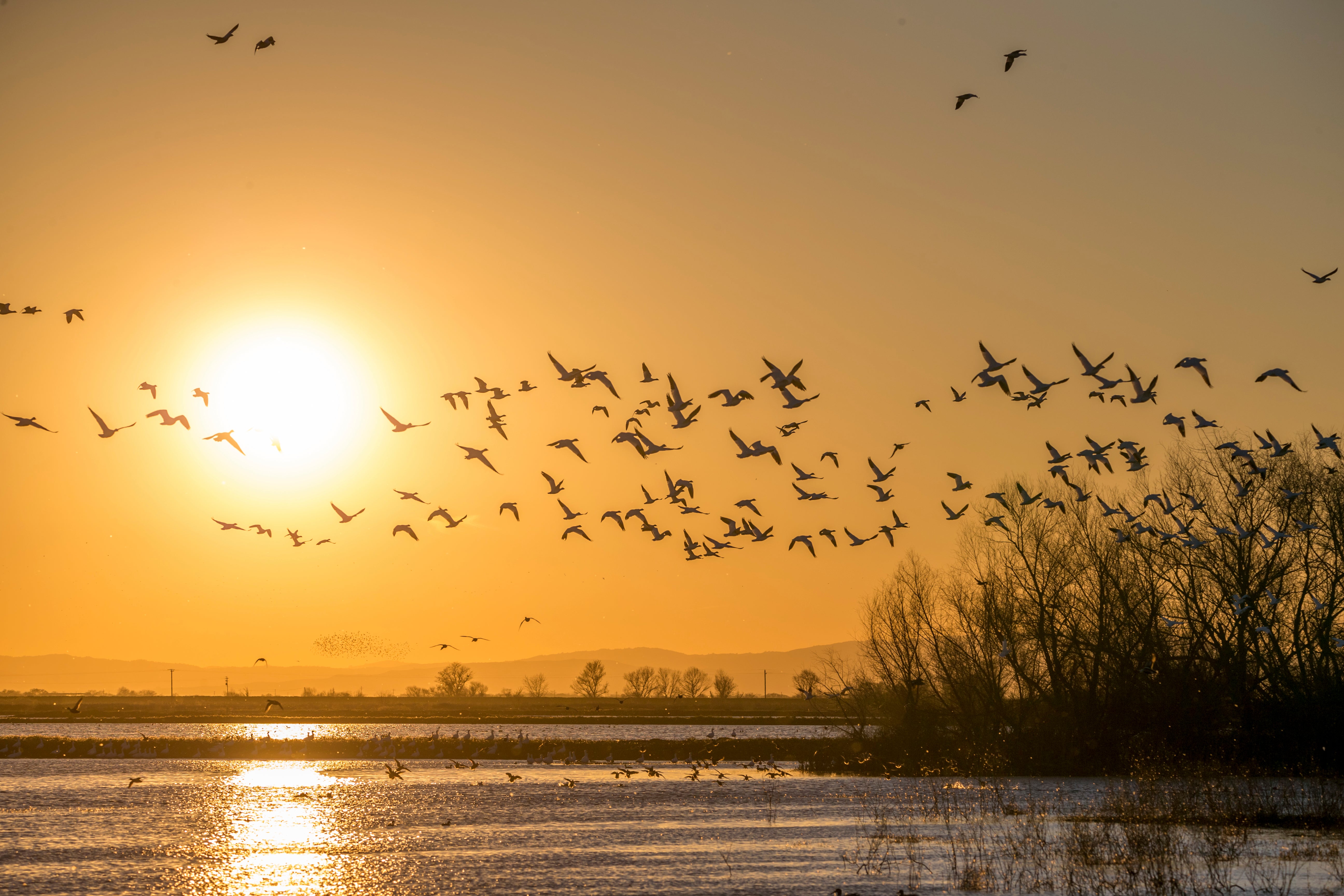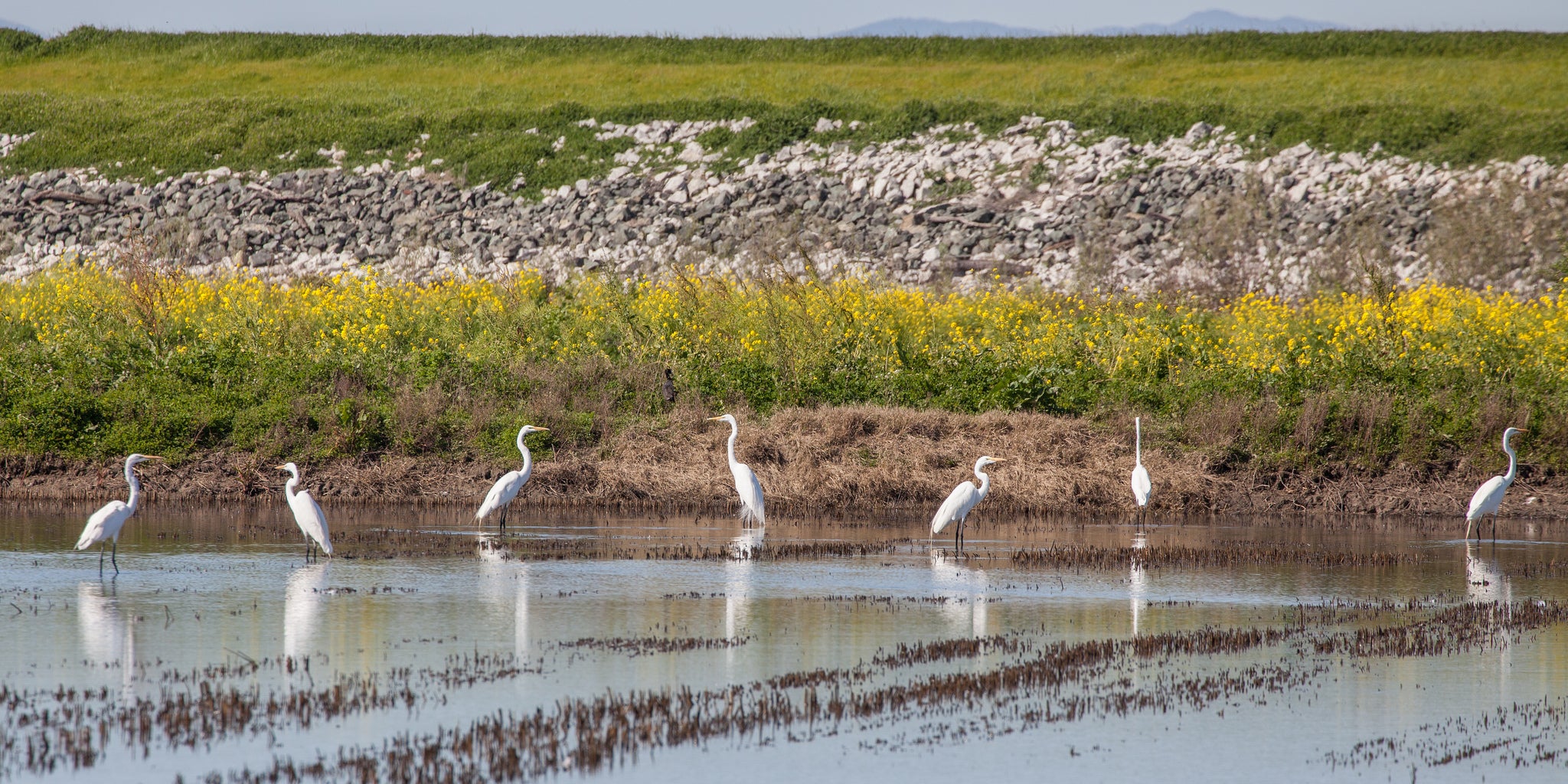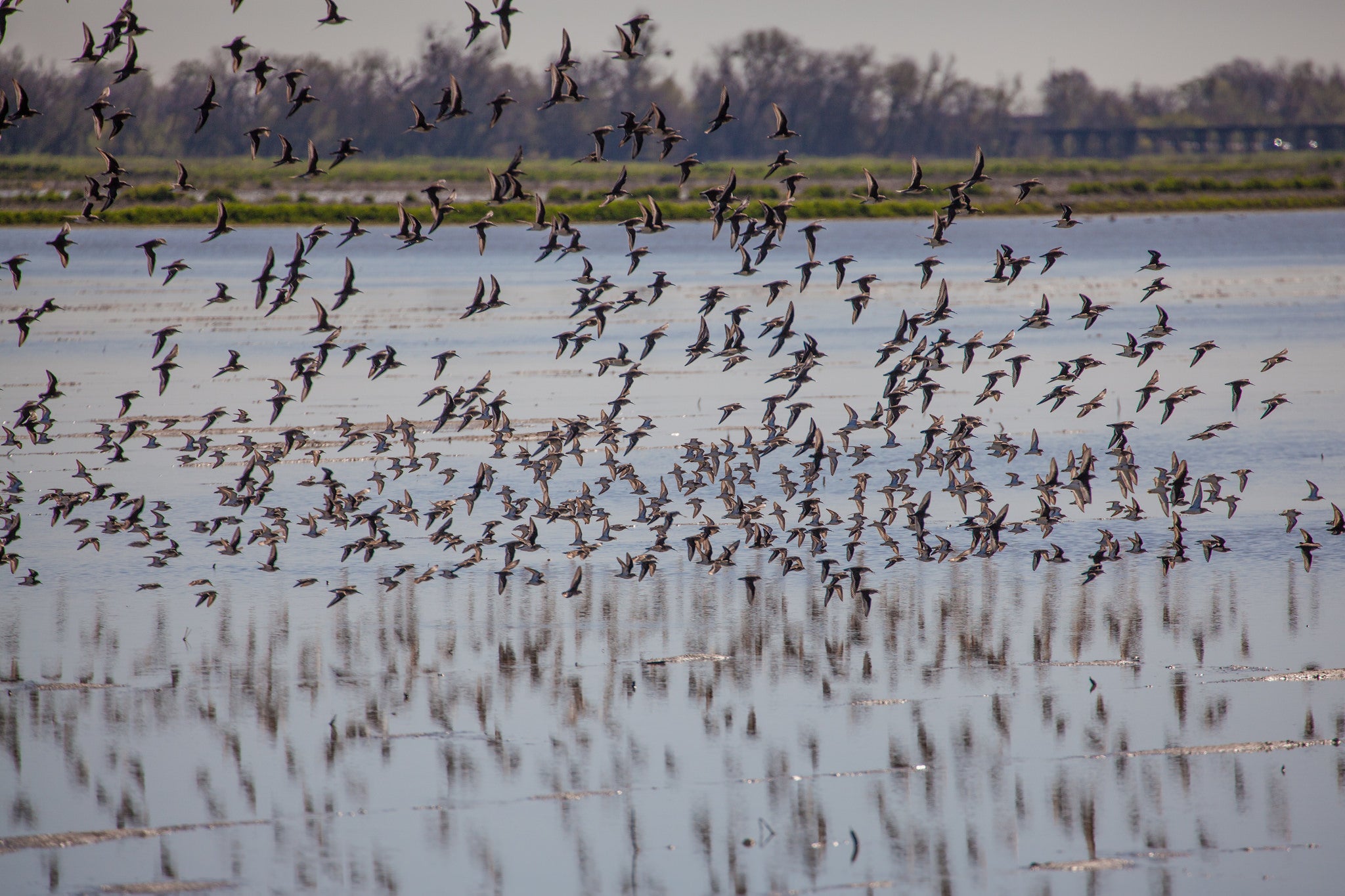These reforms can unclog California’s water market and help the environment
 California has a long tradition of conflict over water. But after five years of drought and an El Niño that failed to live up to its “Godzilla” hype, the conflict has become a crisis. How will the state adjust to a changing climate, increasing demands and prolonged periods of water scarcity?
California has a long tradition of conflict over water. But after five years of drought and an El Niño that failed to live up to its “Godzilla” hype, the conflict has become a crisis. How will the state adjust to a changing climate, increasing demands and prolonged periods of water scarcity?
That’s the question my colleagues and I set out to answer in Better Access. Healthier Environment. Prosperous Communities: Recommendations for Reforming California’s Water Market.
We analyzed the state’s existing market and offered a set of policy reforms to improve the efficiency, accessibility and transparency of the market so that cities, rural communities and ecosystems can benefit without altering existing water rights.
We realize that it will take a portfolio of strategies to increase the state’s resiliency in the face of a growing population and increasingly severe weather. But markets have an especially important role in leveling what has become an uneven playing field.

The problem of a clogged market
Patchwork regulations, built up over the past century, have reduced the flow of water trading to a trickle. Of the small percentage of transfers that do occur, most benefit only well-capitalized water users who know how to navigate the system.
As a result, water users with fewer resources – small farmers, the environment and disadvantaged communities – have suffered disproportionately during the drought. Rivers, lakes and wetlands have dropped to dangerously low levels, harming salmon, migratory birds and other wildlife. Farmers have fallowed fields. Many have turned to groundwater pumping as a stopgap, which has led to significant overdraft. In the Central Valley, over pumping has left several farmworker communities without access to drinking water.
Benefits of well-designed water market
Water-sharing does not create a new supply of water. Rather, it encourages conservation and allows more of the finite resource to move to higher-value uses.
A well-functioning water market can deliver three key benefits to the environment and the economy.
- First, it can lead to more efficient use and thereby free up a lot of water. Agriculture has rights to approximately 80 percent of water set aside for human use. Fallowing, efficiency and crop switching could save 10 to 20 percent of that water and improve a farm’s bottom line. Even at the low end of that range, it would free up water roughly equal to half of what is consumed by the urban and industrial sectors combined. Even better, that water could be available more quickly, cheaply and in less environmentally damaging ways than with new infrastructure.
- Second, water sharing is the fastest and most assured way to get much needed water and funding to the environment and disadvantaged communities. For example, an effective transfer surcharge could funnel water and financing directly to projects that support our public trust resources and most vulnerable communities.
- Third, water sharing helps address climate change and prolonged drought conditions. The ability to move water efficiently between users, including sensitive ecosystems, will provide the flexibility and resiliency needed to endure climate fluctuations.
New legislation

In order to turn these recommendations into lasting policy reforms, EDF is sponsoring AB 2304 (Levine) The California Water Market Exchange Act.
The purpose of the legislation is to create an entity that will serve as a clearinghouse for transfers, which will increase coordination and efficiency among agencies involved in the approval process. It will also provide a transparent platform for sharing information about transfers and will establish incentive mechanisms for trades that benefit the environment and communities.
We are currently working with a range of stakeholders to shape the legislation so that it addresses those issues in greatest need of reform so that we can truly unclog the market.
Related:
How California’s farmers can help salmon survive, and what’s in it for them >>
How “fertigation” is helping this citrus grower beat the drought >>












